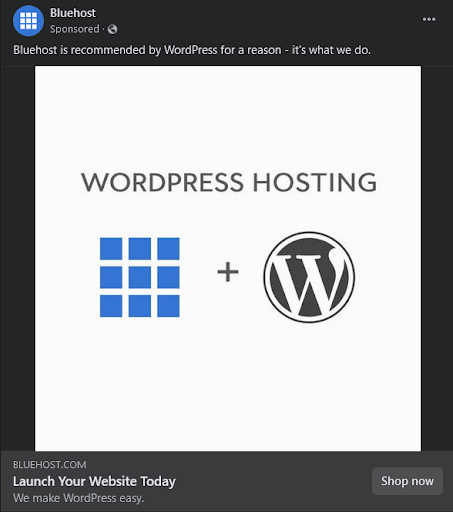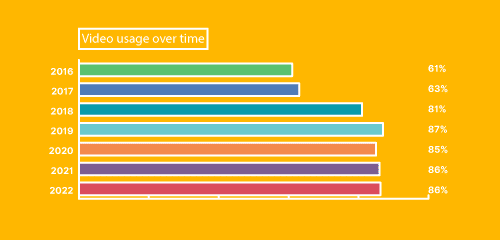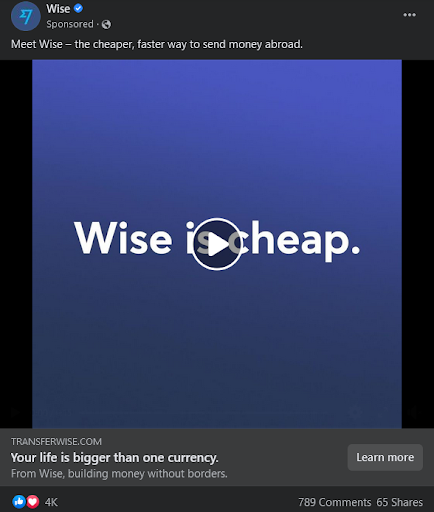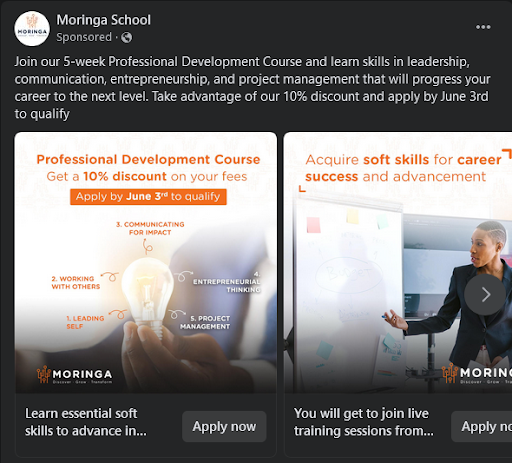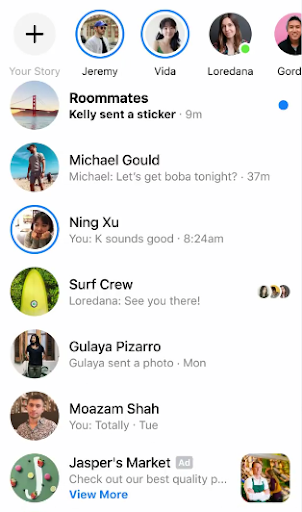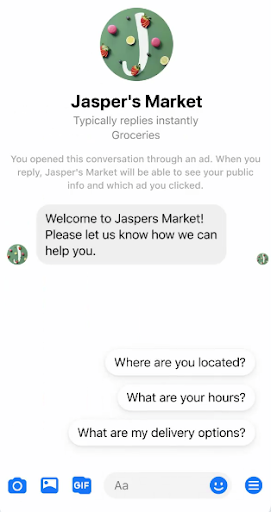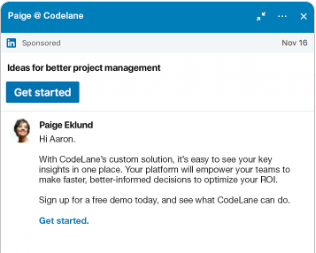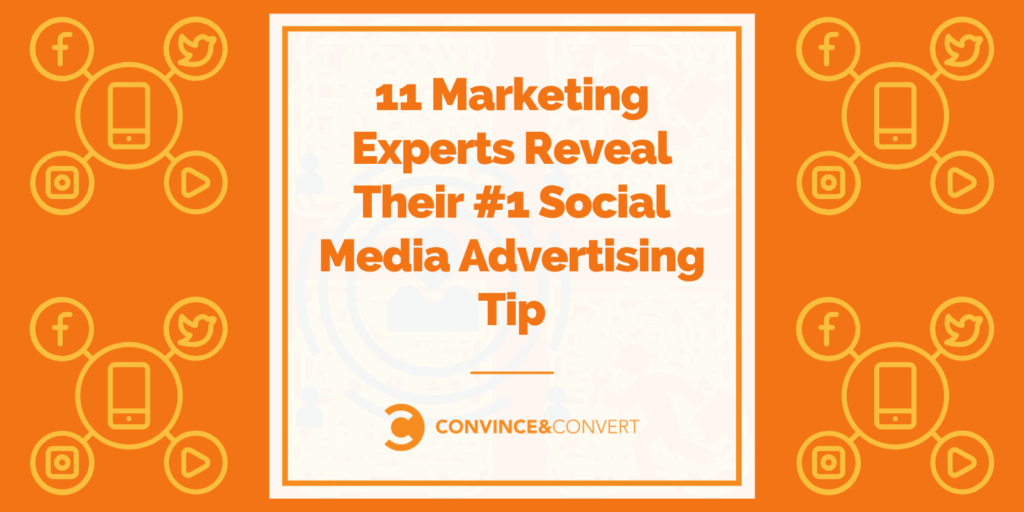
Let’s talk social media.
We all use it. It’s a platform that reaches billions of users, making it the perfect place for businesses to reach their audience.
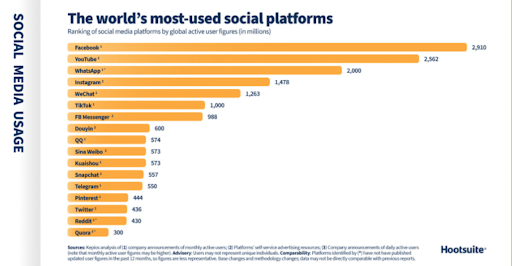
Source
So while social media advertising is undeniably effective, it can also be pretty tricky to get right. There are a lot of different opinions on what works and what doesn’t.
Luckily, we’ve gathered some of the best and brightest minds in marketing to give us their #1 social media advertising tip.
Let’s hear what they have to say!
Tip #1: Focus on a strong message
When it comes to social media advertising, the most important thing is to have a strong message that resonates. This means creating clear, concise, and easy ads for your target audience to understand.
Too often, businesses make the mistake of cramming too much information into their ads, which can be overwhelming and confusing for users. Instead, keep your message focused and simple so your target audience can easily understand it.
Name: Jamie Shostak
Title: Head of Growth
Company: Appetiser App Development
Social Media (LinkedIn/Twitter): LinkedIn
Tip #2: Don’t sell the product, sell the outcome
People are buying your product to solve a need and address a specific pain point. So what is the solution that your product is offering? And are you communicating that solution sufficiently on your social media channels?
The goal is to educate, engage and inform as this builds customer trust—which is incredibly important. So instead of discussing your products’ features, look at the outcome. What problem does your product solve?
A great example of this is Apple. When talking about the new iPhone, they emphasize that their commercial was shot entirely on the latest iPhone instead of only highlighting the features. Or Nike. Their advertising is about how their shoes will allow you to run faster, jump higher, and reach your fitness goals. You’re not buying shoes; you’re buying a lifestyle.
So who are you selling to? And what is the problem your product is solving? If you can’t answer these two questions, then you need to go back to the drawing board.
Name: Yvonne Ivanescu
Title: Founder / Social Media Strategist / Travel Wrier
Company: Now In Rio Swim / Spreaker / Now in Portugal
Social Media (LinkedIn/TikTok): Linkedin | TikTok
Tip #3: Test and Learn – then Pivot
Most marketers have a test and learn plan in place, but a shocking amount of marketing teams aren’t utilizing those insights to power creative direction for future campaigns. To make an impact with your testing spend, compile those insights over time, and use the layered findings to drive your content and creative planning.
Name: Amanda Stevenson
Title: Marketing Strategist
Company: Convince & Convert
Social Media: LinkedIn
Tip #4: Make your brand stand out using explainer videos
There is no doubt that videos have become one of the most powerful marketing tools over the past few years. More and more companies have been allocating big budgets to make videos for their brands. Just when you think those are good news, actually, the competitions are getting fiercer.
Therefore, choosing the best type of video for your marketing purposes is vital to make your brand stand out in the crowd. One of the most recognized video styles is explainer video. A report says that 73% of shoppers are more likely to purchase after watching videos explaining the products.
Explainer videos have both appealing visuals and compelling storylines to attract and engage audiences. In addition, they are well known to be straightforward and impactful in delivering messages. Another winning point of explainer videos is they can break down any complex concepts into digestible pieces of information in the most interesting way possible.
Name: Andre Oentoro
Title: CEO and Founder
Company: Breadnbeyond
Social Media: LinkedIn | Twitter
Tip #5: Know your audience and align your social ads with your brand
It’s important to tailor your social media to your primary audience. Create personas to better understand your customers and then create social media posts and ads in a way that will appeal to their needs and preferences. Also, remember that your images, videos, and messaging should all align with your company’s brand, regardless of the channel you’re on.
For example, if you’re a consultant that targets professional service firms, you might want to avoid creating TikTok videos that are funny or silly. While those videos might help you go viral, they might not help you reach your core audience, and they could possibly work against your brand and turn off your target audience.
Name: Candice Stennett
Title: Vice President of Marketing
Company: SCORE
Social Media: LinkedIn | Twitter | Facebook
Tip #6: Advertise where your users are
Sometimes the channel you market in will impact your results more than your actual marketing campaigns. This is because you need to advertise where your users are. For example, if you’re targeting B2B decision-makers, you will likely get far more results advertising on LinkedIn compared to a platform like TikTok.
You should take some time to list down different platforms your ideal customers use and focus on the platform that is the most relevant to your audience. This not only gives you a higher ROI on your marketing spend, but it also allows you to build a relevant brand on a platform that your audience is active on.
Name: Ali Ali
Title: Founder
Company: Alisquared
Social Media: Twitter
Tip #7: Use the B2Bob framework for B2B creatives
This one makes so much sense, yet it’s often overlooked. With the introduction of stories, the attention span decreased, and along with it, the way we consume content altogether. If you add on the complexity of B2B where the challenge lies in showcasing the promise or benefit of the product, it may seem like there’s no point in even doing ads for B2B users.
However, Facebook introduced the B2Bob framework after the company extensively researched the consumption habits of social content. So, instead of “business to business,” we should rethink the acronym as Brand, 2 seconds, Benefit. Or in other words, you should aim to showcase your Brand within 2 seconds by highlighting your Benefit while speaking to a human such as Bob, if you will.
If you add storytelling to the mix, striking facts, or surprising benchmarks, your ads have a better chance of standing out from the crowd and stopping people from scrolling.
Name: Raluca Bejgu
Title: Digital Marketing Manager
Company: Verifone
Social Media: LinkedIn
Tip #8: Go back to basics
Despite all the new trends constantly happening in social media marketing, I believe many of us still do not use basic strategies in full capacity.
When was the last time when you used the AIDA model while creating your social media posts? Of course, the type of content is important, but users’ psychology and best practices on how to get their attention are already in the books.
Name: Evaldas Mockus
Title: VP of Growth
Company: Omnisend
Social Media (LinkedIn/Twitter): LinkedIn
Tip #9: Emphasize more on content creation than media amplification.
Most social media marketing teams (small or big) spend 80% of their time and budget on media buying rather than creating the content itself to buy the media in the first place. I’ve seen what works for my eCom business is to make more creatives because that’s the prime variable for relating with people, which leads to more sales.
Allocate at least 60% of the efforts for contextual creatives and the rest for buying and distributing the media. This has worked really well in my experiences.
Name: Bhujal Patel
Title: Founder
Company: My Digital Kube
Social Media: LinkedIn
Tip #10: Tell a Story
Advertising on social media is all about storytelling. People hang out on Facebook and other networks to share their stories – what they’re nuts about, what they’re tired of, and what they can’t keep in anymore. So instead of a generic product description with a cliche CTA, focus on the emotional side.
Let’s say you’re going to promote cold email software. Your target audience must have tried lots of tools like yours. What’s the point in wasting time on one more? To get them interested, you could tell a controversial story.
For example, a typical cold email tool usually comes packed with humorous follow-up templates allowing senders to look like funny peeps to deal with. But the truth is – jokes sound manipulative, almost like negging, when told by strangers. And many influencers actually criticise this follow-up strategy.

Source: https://twitter.com/Marie_Haynes/status/1133461675548528640
That’s what you should talk about in your social ad.
Any contradiction or controversy will draw attention for sure. And if you add that your templates are based on a different approach and showed high response rates in your tests, people will want to try them.
Name: Mykola Haichenko
Title: Content Marketing Manager
Company: Visme
Social Media: LinkedIn | Twitter
Tip #11: Invest in Video Content
The most engaging sort of social media material is definitely video. Video content is 12 times more successful than other types of content, according to InVideo. In fact, it has a higher percentage of engagement than both text and image content put together.
Video helps you to be succinct and pique the interest of your audience in the first few seconds. Your ability to condense information into easily digestible snippets of content that are lengthy enough to hold viewers’ interest but short enough to leave them wanting more is key to your social media success.
Name: Eldo Roshi
Title: Co-Founder
Company: Codeless
And that’s a wrap!
There you have it, 11 social media advertising tips from some of the top marketing experts in the industry.
What do you think? Anything that stands out to you that you want to try first?
While fancy strategies are great to test and optimise, I believe that the best strategy is simply staying true to your brand: focus on what your product/service is and present it to those you know it will serve.
And of course – get creative, have fun with it, and see how your brand can start attracting more people and start outperforming your competition!
The post 11 Marketing Experts Reveal Their #1 Social Media Advertising Tip appeared first on Content Marketing Consulting and Social Media Strategy.
Did you miss our previous article...
https://www.sydneysocialmediaservices.com/?p=919

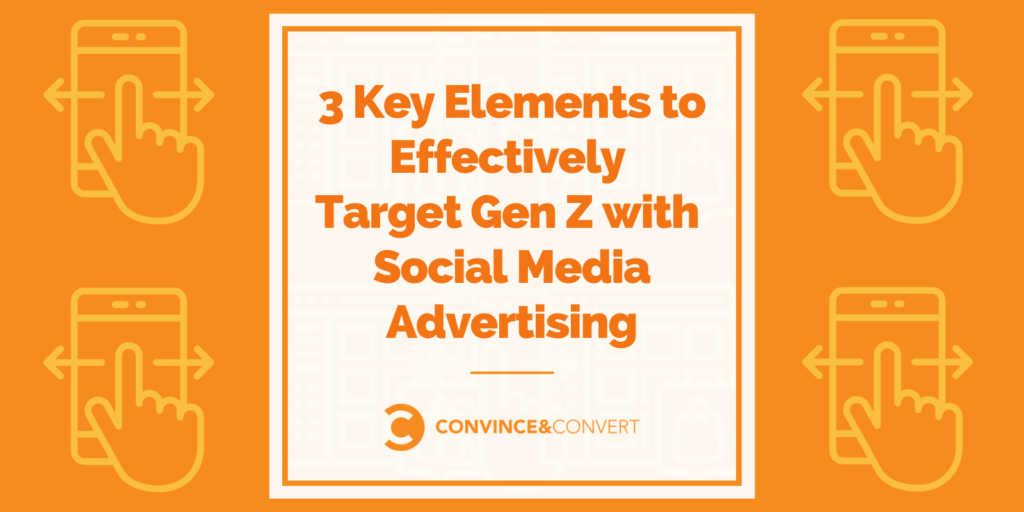 Social Media Advertising" width="1024" height="512" srcset="https://www.convinceandconvert.com/wp-content/uploads/2022/06/3-Key-Elements-to-Effectively-Target-Gen-Z-with-Social-Media-Advertising-1024x512.png 1024w, https://www.convinceandconvert.com/wp-content/uploads/2022/06/3-Key-Elements-to-Effectively-Target-Gen-Z-with-Social-Media-Advertising-300x150.png 300w, https://www.convinceandconvert.com/wp-content/uploads/2022/06/3-Key-Elements-to-Effectively-Target-Gen-Z-with-Social-Media-Advertising-768x384.png 768w, https://www.convinceandconvert.com/wp-content/uploads/2022/06/3-Key-Elements-to-Effectively-Target-Gen-Z-with-Social-Media-Advertising-1536x768.png 1536w, https://www.convinceandconvert.com/wp-content/uploads/2022/06/3-Key-Elements-to-Effectively-Target-Gen-Z-with-Social-Media-Advertising-1000x500.png 1000w, https://www.convinceandconvert.com/wp-content/uploads/2022/06/3-Key-Elements-to-Effectively-Target-Gen-Z-with-
Social Media Advertising" width="1024" height="512" srcset="https://www.convinceandconvert.com/wp-content/uploads/2022/06/3-Key-Elements-to-Effectively-Target-Gen-Z-with-Social-Media-Advertising-1024x512.png 1024w, https://www.convinceandconvert.com/wp-content/uploads/2022/06/3-Key-Elements-to-Effectively-Target-Gen-Z-with-Social-Media-Advertising-300x150.png 300w, https://www.convinceandconvert.com/wp-content/uploads/2022/06/3-Key-Elements-to-Effectively-Target-Gen-Z-with-Social-Media-Advertising-768x384.png 768w, https://www.convinceandconvert.com/wp-content/uploads/2022/06/3-Key-Elements-to-Effectively-Target-Gen-Z-with-Social-Media-Advertising-1536x768.png 1536w, https://www.convinceandconvert.com/wp-content/uploads/2022/06/3-Key-Elements-to-Effectively-Target-Gen-Z-with-Social-Media-Advertising-1000x500.png 1000w, https://www.convinceandconvert.com/wp-content/uploads/2022/06/3-Key-Elements-to-Effectively-Target-Gen-Z-with-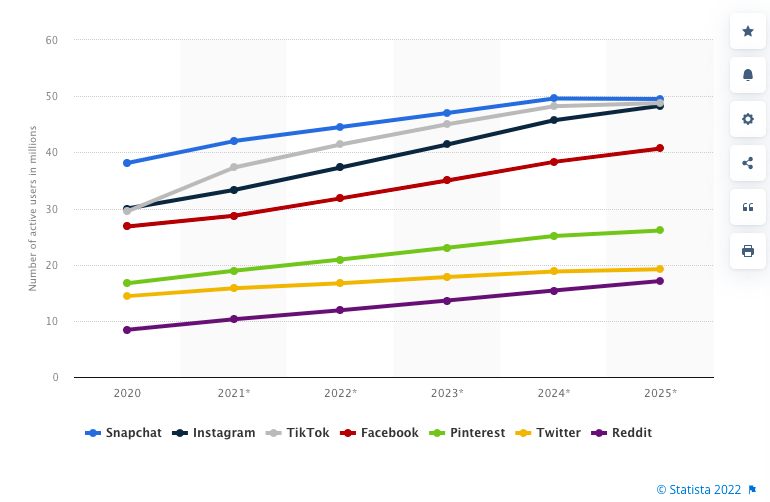
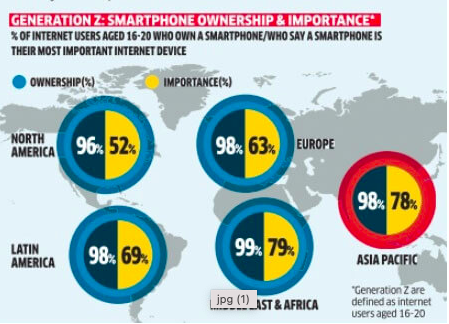
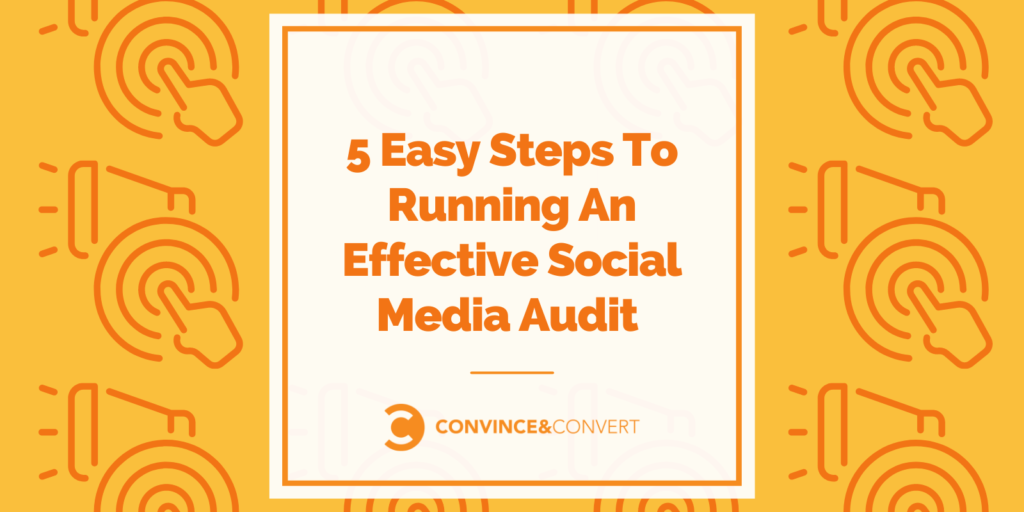
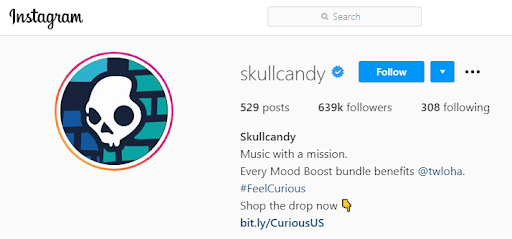
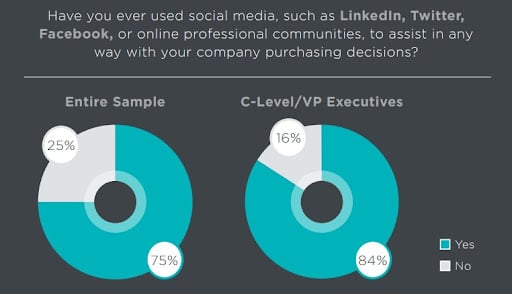

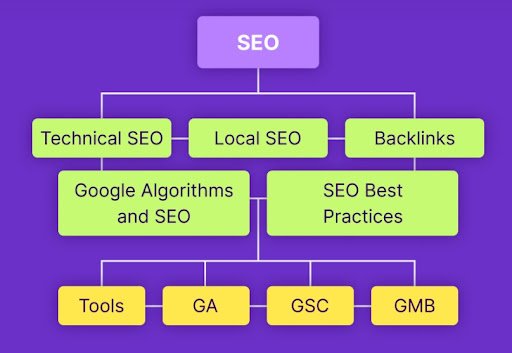
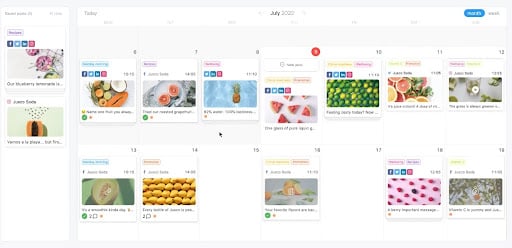
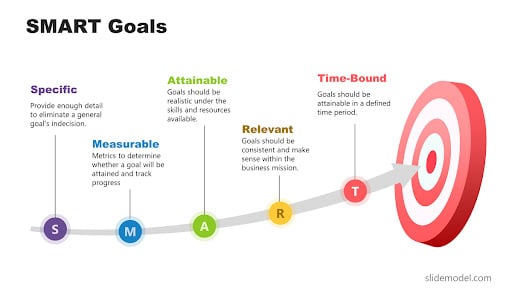
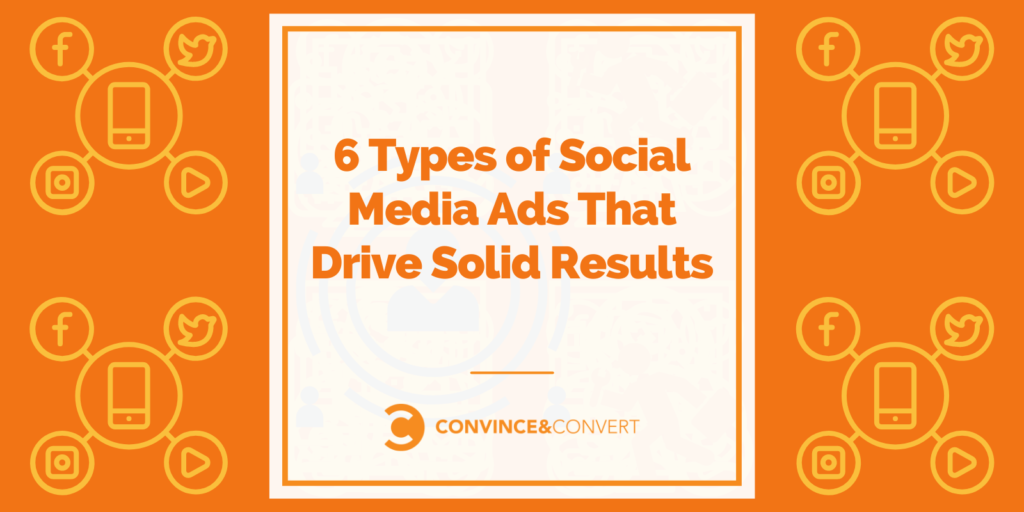 Social Media Ads That Drive Solid Results" width="1024" height="512" srcset="https://www.convinceandconvert.com/wp-content/uploads/2022/06/6-Types-of-Social-Media-Ads-That-Drive-Solid-Results-1024x512.png 1024w, https://www.convinceandconvert.com/wp-content/uploads/2022/06/6-Types-of-Social-Media-Ads-That-Drive-Solid-Results-300x150.png 300w, https://www.convinceandconvert.com/wp-content/uploads/2022/06/6-Types-of-Social-Media-Ads-That-Drive-Solid-Results-768x384.png 768w, https://www.convinceandconvert.com/wp-content/uploads/2022/06/6-Types-of-Social-Media-Ads-That-Drive-Solid-Results-1536x768.png 1536w, https://www.convinceandconvert.com/wp-content/uploads/2022/06/6-Types-of-Social-Media-Ads-That-Drive-Solid-Results-1000x500.png 1000w, https://www.convinceandconvert.com/wp-content/uploads/2022/06/6-Types-of-Social-Media-Ads-That-Drive-Solid-Results-100x50.png 100w, https://www.convinceandconvert.com/wp-content/uploads/2022/06/6-Types-of-Social-Media-Ads-That-Drive-Solid-Results-150x75.png 150w, https://www.convinceandconvert.com/wp-content/uploads/2022/06/6-Types-of-Social-Media-Ads-That-Drive-Solid-Results.png 1600w" sizes="(max-width: 1024px) 100vw, 1024px" />
Social Media Ads That Drive Solid Results" width="1024" height="512" srcset="https://www.convinceandconvert.com/wp-content/uploads/2022/06/6-Types-of-Social-Media-Ads-That-Drive-Solid-Results-1024x512.png 1024w, https://www.convinceandconvert.com/wp-content/uploads/2022/06/6-Types-of-Social-Media-Ads-That-Drive-Solid-Results-300x150.png 300w, https://www.convinceandconvert.com/wp-content/uploads/2022/06/6-Types-of-Social-Media-Ads-That-Drive-Solid-Results-768x384.png 768w, https://www.convinceandconvert.com/wp-content/uploads/2022/06/6-Types-of-Social-Media-Ads-That-Drive-Solid-Results-1536x768.png 1536w, https://www.convinceandconvert.com/wp-content/uploads/2022/06/6-Types-of-Social-Media-Ads-That-Drive-Solid-Results-1000x500.png 1000w, https://www.convinceandconvert.com/wp-content/uploads/2022/06/6-Types-of-Social-Media-Ads-That-Drive-Solid-Results-100x50.png 100w, https://www.convinceandconvert.com/wp-content/uploads/2022/06/6-Types-of-Social-Media-Ads-That-Drive-Solid-Results-150x75.png 150w, https://www.convinceandconvert.com/wp-content/uploads/2022/06/6-Types-of-Social-Media-Ads-That-Drive-Solid-Results.png 1600w" sizes="(max-width: 1024px) 100vw, 1024px" />